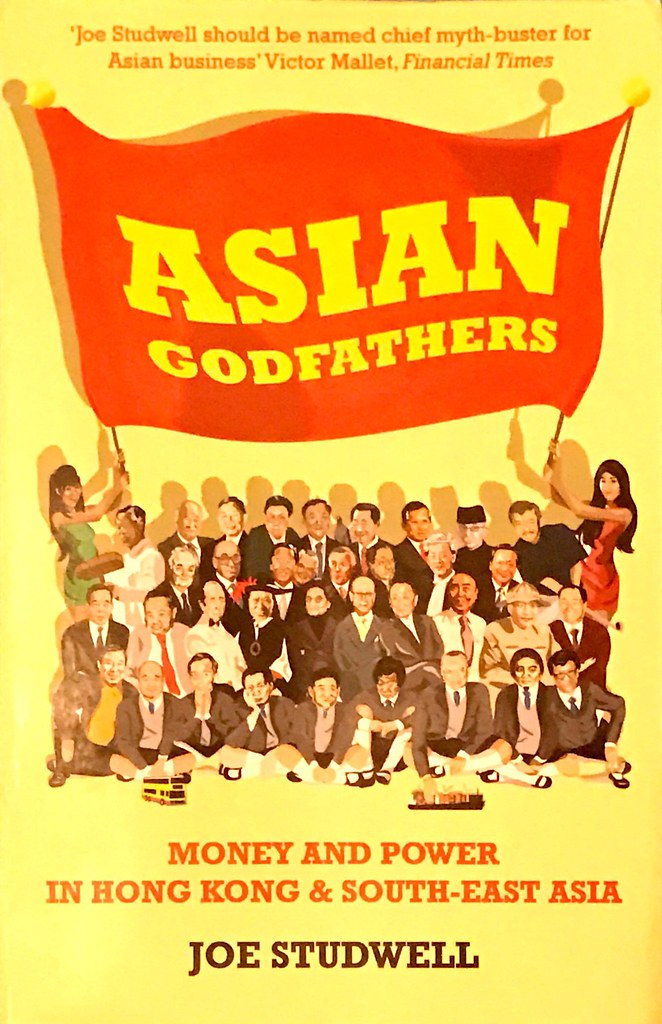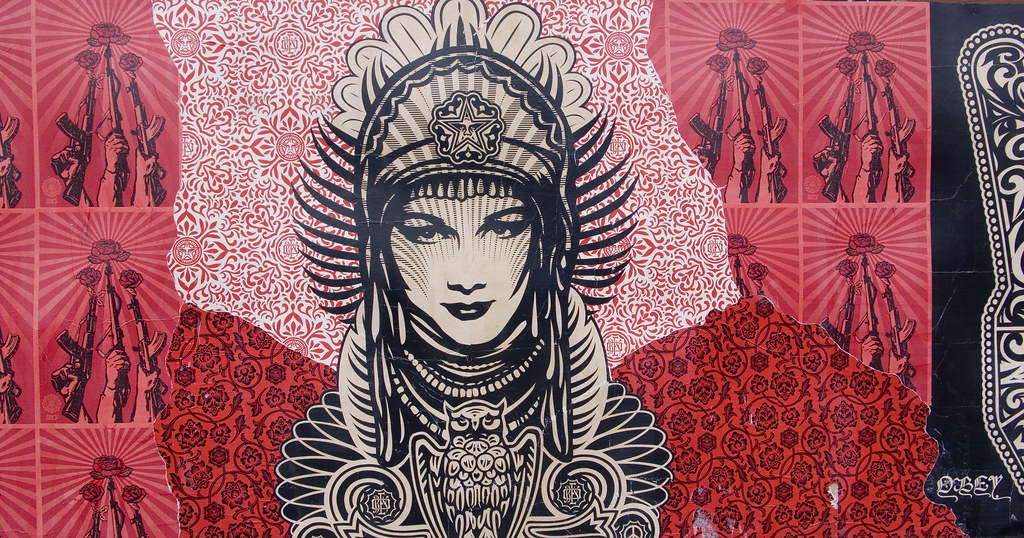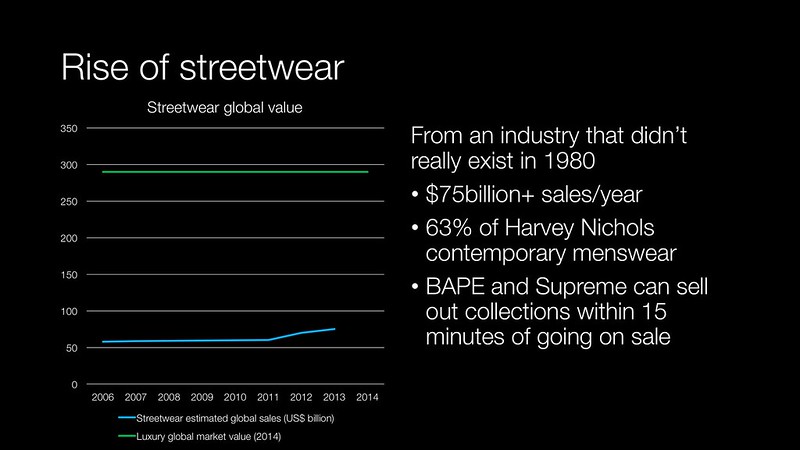PopSlate
I’ve go in involved in a few crowdfunded products and some of them have worked out but the majority haven’t. The latest example was the high profile e-ink phone cover PopSlate. PopSlate got over $1 million dollars of funding and was widely covered by the media.
“popSLATE 2 is E-Ink for your iPhone done right.” – Slashgear
“It’s an evolution, not merely refinement.” – Wired
Why crowdsourced projects fail?
Generally I’ve found that crowdfunded projects like PopSlate tend to fail for three (non-criminal) reasons:
- They underestimated the cost or complexity for batch manufacture of items. They have problems with getting tooling moulds to work and have to go through iterations that burn up cash
- They get gazzumped; their product is sufficiently easy to make that Chinese manufacturers who go through Indiegogo and Kickstarter for ideas get the product into market faster
- The engineering is just too hard. This seems to have been the problem for PopSlate who couldn’t innovate and get their product into market as fast as new phones came out
On the face of it, the PopSlate is a great idea. Bringing the kind of dual screen technology to the iPhone that had been in the Yota phone for a number of years. Huawei had a similar snap-on e-ink back available for the the P9 handset in limited quantities.

PopSlate had already launched a mark I version of their product. With the mark II version of their product PopSlate tried to do too much: they tried to make it a battery case but still ridiculously thin. The following email was sent out on Saturday morning UK time:
Critical Company Update
This update provides serious and unwelcome news.
Based upon your support, we have spent the last year continuing to develop our vision for “always-on” mobile solutions. Our goal was to solve three fundamental issues with today’s smartphones: we wanted to simplify access to information, increase battery performance, and improve readability. Unfortunately, the significant development hurdles that we have encountered have completely depleted our finances, and we have been unable to raise additional funds in the current market. As a result, popSLATE does not have a viable business path forward.
This marks the end of a 5-year journey for our team, which started with a seed of an idea in 2012 and led to our quitting our jobs to start the company. Although we are very disappointed by the ultimate outcome and its implications for you as our backers, we are proud of our team, who worked tirelessly over the years to commercialize the first plastic ePaper display, globally ship thousands of popSLATE 1 devices as a first-in-category product, and re-imagine & further extend the platform with the second generation product. Despite a strong vision, high hopes, and very hard work, we find ourselves at the end of the journey.
We are out of money at this juncture for two key reasons. First, we have spent heavily into extensive development and preparation for manufacturing; as you are aware, we hit some critical issues that multiplied the required spend, as described in previous updates.
Most recently, we learned that the fix for the Apple OTA issues would involve more significant redesign. While we initially suspected that the Lightning circuit was the culprit, it turned out that it was a much more fundamental issue. Namely, our housing material is not compatible with Apple OTA requirements. You may think, “Wait, isn’t it just plastic? Why would that be a problem?” While the housing is indeed largely plastic, we used a very special custom blend of materials that included glass fibers. The glass fibers were used to solve two issues, both of which were related to making the device super-thin: a) they enabled uniform, non-distortional cooling of the housing mold around our metal stiffener plate (the key component that makes popSLATE 2 thin but very strong) and b) they added tensile strength to the very compact form factor. Unfortunately, we have concluded that these added fibers are attenuating the RF signal and that we would have to spend additional cycles to tune a new blend with required modifications to the tooling. This is an expensive and timely process.
Second, we have been unsuccessful at raising additional financing, despite having vigorously pursued all available avenues since the close of our March Indiegogo campaign (including angels, VCs, Shark Tank and equity crowdfunding, both in the US and abroad). Many in our network of fellow hardware innovators have encountered this difficult new reality. You may have also seen the very public financial struggles of big-name consumer hardware companies—GoPro, Fitbit, Pebble, Nest and others—as highlighted in this recent New York Times article [link]. The most dramatic example of this phenomenon is the recent and sudden shutting down of Pebble, paragon of past crowdfunding success.
There is no way to sugarcoat what this all means:
- popSLATE has entered into the legal process for dissolution of the company
- Your popSLATE 2 will not be fulfilled
- There is no money available for refunds
- This will be our final update
While this is a very tough moment professionally and emotionally for us, it is obviously extremely disappointing for all of you who had believed in the popSLATE vision. Many of you have been with us since the March campaign, and a smaller set helped found the popSLATE community back in 2012. To you—our family, friends, and other unwavering backers—we are incredibly grateful for your enthusiasm, ideas, and support throughout the years. Just as importantly, we deeply regret letting you down and not being able to deliver on our promise to you. We truly wish there were a viable path forward for product fulfillment and the broader popSLATE vision, but sadly we have exhausted all available options.
Sincerely yours,
Yashar & Greg
Co-founders, popSLATE
The problem as a consumer you have for much of these gadget is this:
- If a product can be easily made in Shenzhen, it will be so you should be able to get it cheaper on lightinthebox or similar sites
- If it can’t be turned out in a reasonable time, it has a low likelihood of succeeding
There have been successes of more hobby-based products; I have a replica of Roland’s TB-303 synthesiser. It’s the kind of product that can be assembled whilst not relying a China-based supply chain. It also is based on well understood technology and there weren’t issues of with designing for very tight places or Apple’s requirements (in the case of iPhone’s accessories).
What about the poster child of Pebble? Pebble managed to go for longer with a sophisticated product but couldn’t withstand the gravity of declining sales in the wearables sector. More related content here.


